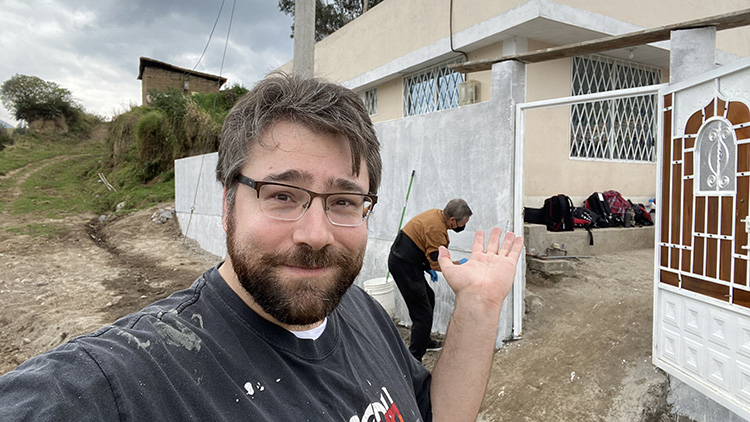By Dan Warneke, Director of Production for Country Club Christian Church
You and I share something in common when it comes to technology. No, it’s not our common understanding of the difference between a SDI cable and a XLR cable, a TRS cable, or any cable for that matter. What we share is the experience of a global pandemic; the moment we all realized that technology was necessary to keep us connected with each other. In a matter of days, we went from a bustling interactive society, to an isolated society that craved connection by any means still available.
But as we slowly emerge from the grip of the pandemic, will the technology we have invested in as a church community remain relevant? In other words, is there longevity to our decision–an inherent value gained by our congregation’s leap into new technology–or has it become a passing phase that now hinders the beauty of our sacred spaces and complicates our participation in worship?
The question is less hypothetical than you might imagine. As I write this, the church is an active construction zone, and we are mere days from transferring much of our A/V technology into Combs Chapel to continue streaming while our main sanctuary is being renovated with–you guessed it–more technology. In the meantime, the uniquely intimate space that is Combs Chapel will become undeniably less so for the months ahead. It is a sacrifice that will likely cause some growing pains as we endeavor to improve the safety, security, and functionality of our primary worship space for the next generation. As the Director of Production, my opinion is inherently biased as to why this transition is necessary, but I want to approach this question from a theological perspective.
More technology can always lead to more technical issues, sure. My team and I often joke that if a catastrophic failure were to occur during the service, our best course of action would be to focus the camera on the stained glass window that reads “Forgive, and ye shall be forgiven.” Technology is imperfect, as we are, and wholly incapable of replacing God’s will. But it is my belief that it can be used as an extension of God’s work. It allows the visually impaired among us to see clearly again through the miracle of screens and cameras that capture our worship in vivid detail. It allows the hearing impaired among us to continue hearing God’s message through the aid of headphones and assisted listening devices. It allows the sick and the disabled to spiritually walk beside us once more from the comfort and safety of their own home. What technology gives us in return for the hassle is a modern day act of God that unites us as one community.
For those who have joined our congregation remotely (and are otherwise free of the biblical ailments listed above), the streamed service may still be their primary conduit to participating in their faith. For others, the stream is a metaphorical welcome mat that encourages them to share their journey with us in person. Ultimately, technology provides our church with tools to better facilitate God’s work. We must be willing to use them–responsibly, equitably, so that we meet the needs of our whole church community.
As we prepare to move ourselves and our cameras into Combs Chapel for the summer, I urge you to remember that common bond that you and I share from way back in the year 2020. Recall that rush of joy you felt from being able to see a familiar face on the computer screen when you needed it most. To those of us who are free to emerge from our homes and gather as a community once again, our technology may seem like an overreaction to a receding problem. But to others, it remains their lifeline to this congregation. In those people lies the crossroads of technology and spirituality. It is our responsibility to meet them there.



